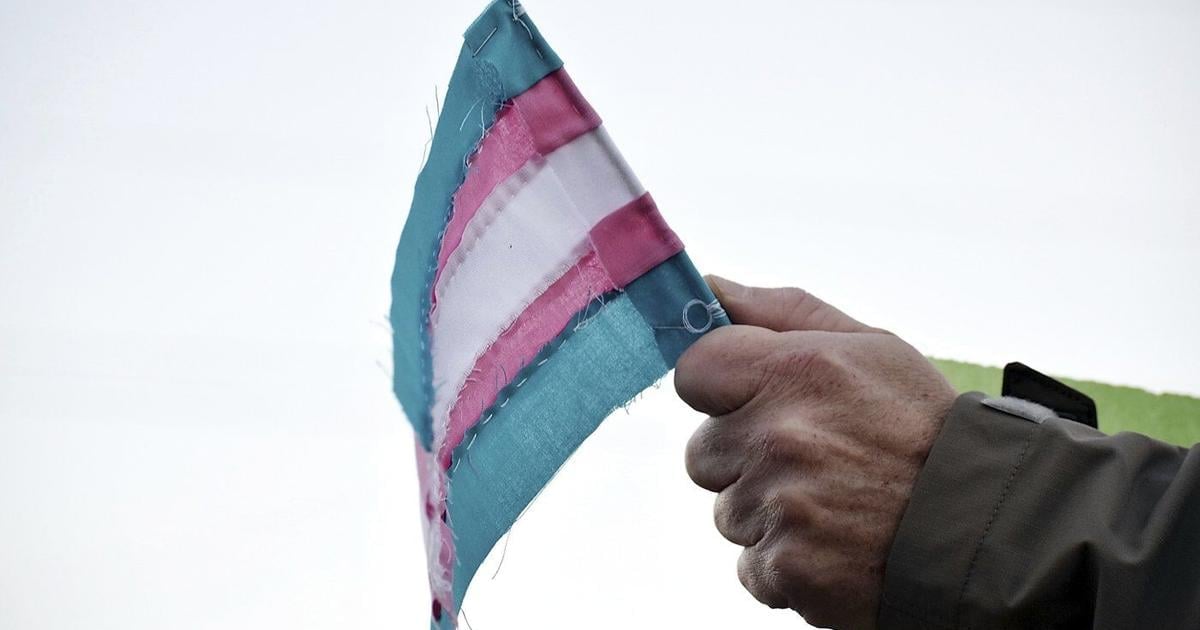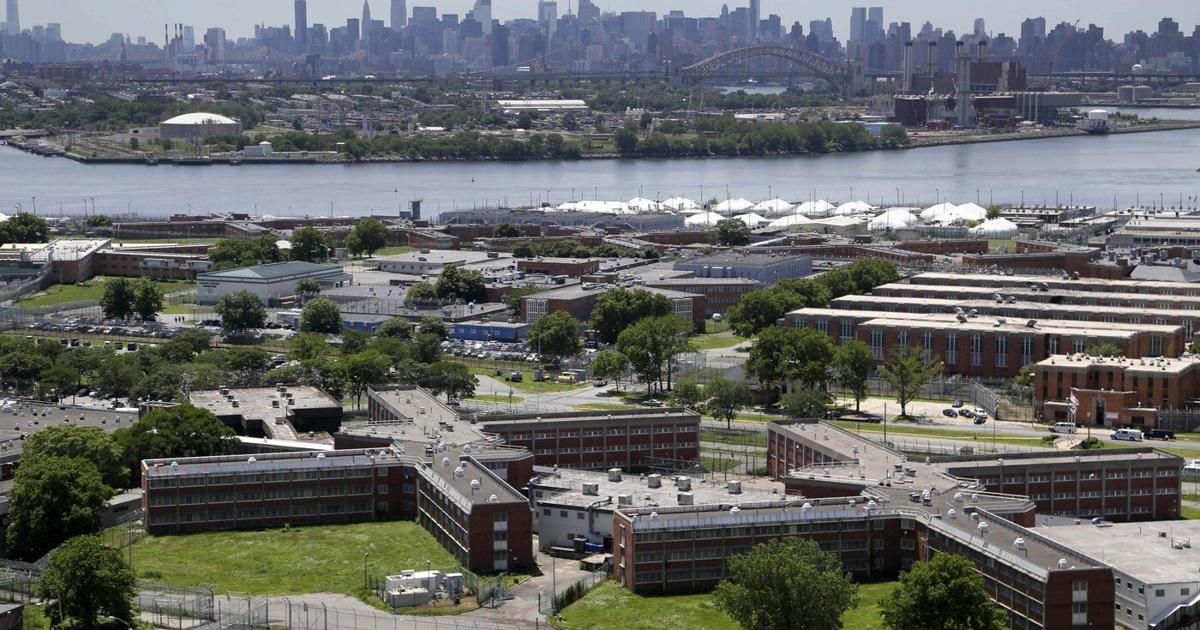A woman who was forced to seek out-of-country treatment that cost more than $100,000 for her agonizing chronic condition said she welcomes a recent apology from Nova Scotia’s premier, but worries for others who are still suffering in pain without adequate care.
Nova Scotia Premier Tim Houston apologized Friday after a court criticized a government process it described as flawed and discriminatory. Two women, Crystal Ellingsen and Jennifer Brady, were rejected for coverage of vital treatments in their home province that they ultimately received in Germany and Japan.
“The injustice is still happening. It’s happening right now for other Nova Scotians,” said Ellingsen, a 46-year-old mother of three who has spent years fighting for in-province lipedema treatment.
Nova Scotia Supreme Court Justice Timothy Gabriel overturned Nova Scotia’s “unreasonable” refusals to reimburse Brady, who has lymphedema in her legs, and Ellingsen, who has lipedema in her legs and arms, for their treatments.
Lipedema is a chronic condition that forms a buildup of fat tissue in the legs, arms and lower body. It often causes pain, swelling, heaviness, loose skin, easy bruising, and the feeling of nodules under the skin. Lymphedema, which also results in chronic pain, is localized swelling caused by a compromised lymphatic system.
Ellingsen said the legal win and promise of reimbursement comes as a relief to her and her family. She and her husband took out a loan against their Halifax home in order to pay for four surgeries in Germany after spending thousands of dollars on other treatments over the years. Surgery to reduce lipedema is not currently available in Canada.
“I did feel relief after my surgeries, because I didn’t even realize how much my pain and low mobility was stealing from my life. My kids and my husband would go to the park and I would have to sit in the car and watch them because I couldn’t do it,” she said through tears in a phone interview Sunday.
“And now I get to do those things, and that’s worth a lot. But there’s been a lot I’ve had to give up to try to secure my own health care. And I’m not alone.”
The mother of three says the legal win is bittersweet. She considers herself lucky to have the means of securing the loan to pay for overseas treatment, but she is left thinking about those who are living with lipedema and are unable to access the same life-changing care.
“It goes beyond a gap. There’s a canyon of people falling through, trying to advocate for their own health care. And they can’t because they can’t find somebody to even give them a diagnosis. I was one of the lucky ones,” she said, adding her condition is often misunderstood or misdiagnosed.
In a Friday statement from the premier’s office, Houston said he agrees the women were mistreated. The province will reimburse them both for their medical and legal expenses to date and will fund the further treatment needed to manage Brady’s ongoing condition, he added.
Houston also pledged a review of the out-of-province and out-of-country treatment approval process.
Ellingsen said a review of the “broken” system is not enough, and Nova Scotia must completely overhaul its handling of these conditions so people with lipedema and lymphedema are not left in agony.
She is also calling for the province to invest in its health system so that patients with lipedema can access timely diagnosis and treatment.
In order to deal with the “crippling debt” that has come with paying for her health care, Ellingsen and her family moved to the United States in August for better-paying work.
“If we had just gotten the money we needed at the time, we could have moved on with our lives. But it was time spent trying to figure out this process that was never going to yield any coverage. There’s the stress, the tears. I’ve had to move to another country. I couldn’t work full-time for years,” Ellingsen said.
In June, Brady completed an application for medically assisted death due to the “indescribable” pain caused by her lymphedema.
In an interview Friday, Brady said it’s hard to celebrate the court victory as she still needs to see the premier’s pledges fulfilled, and she will have to see the promised funding to believe it. A provincial election is currently underway and Houston, who is seeking re-election, has pledged to finish the system overhauls he promised during his first campaign as party leader.
“There’s a long road ahead still, and there are still question marks about what this is actually going to mean,” Brady said.
“My concern (is) that these are political promises because (Houston) is running an election campaign premised on fixing health care and listening to Nova Scotians, neither of which he’s done for me.”
This report by The Canadian Press was first published Nov. 3, 2024.























